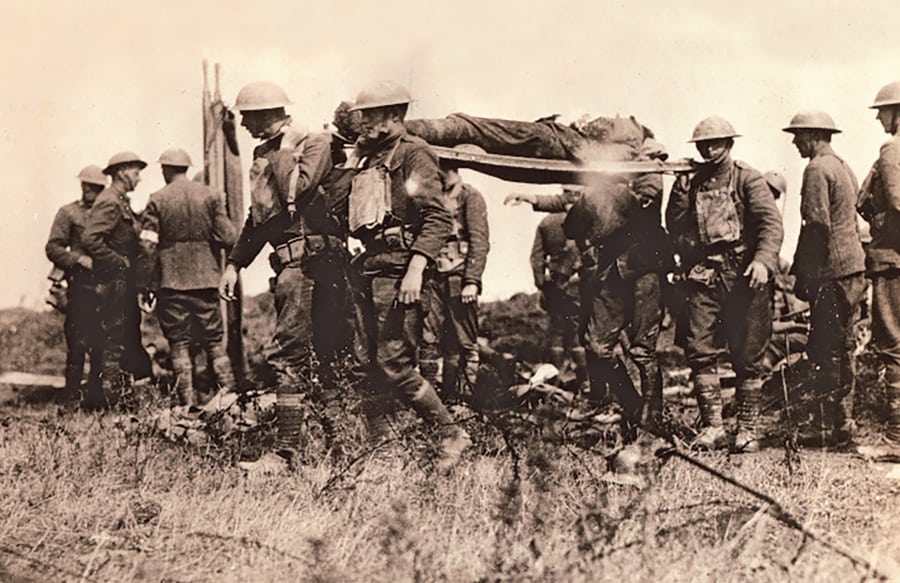Photographs courtesy of the Tennessee State Library and Archives
One hundred years ago, the United States entered World War I on the side of Great Britain and France. This month, I thought I’d write about Tennesseans who fought in what for many years was known as the “Great War.”
About 100,000 Tennesseans served in World War I. Most of them were drafted — the first time the federal government ever conscripted Tennesseans into war service. It’s believed that about 117,000 Americans — 3,800 of whom were Tennesseans — died in World War I.
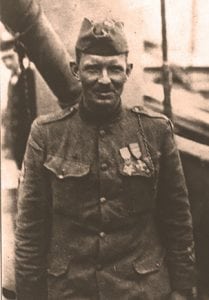
These statistics need to be placed in context: French deaths exceeded 1 million; Russian deaths exceeded 2 million.
“Remember that the United States joined the war three years after it began for most of Europe, and Americans were only in combat for a few months,” says Ken Fieth, head archivist for the Metro Nashville Archives and a World War I re-enactor. “But even though we were only in the war for a few months of actual combat, our casualty rate was staggering for that short amount of time.
“American forces fought aggressively, without regard to losses.”
Most of the Tennesseans who took part fought for the 30th Infantry Division of the U.S. Army — nicknamed the Old Hickory Division in honor of Andrew Jackson. This division trained at Camp Sevier near Greenville, South Carolina, and made its way to Europe in the summer of 1918 aboard troop ships escorted by the U.S. Navy.
The Old Hickory Division was attached to the Second Army of the British Expeditionary Force. At the time, the British were fighting off a desperate German offensive meant to reach Paris and somehow force the French to surrender. Sure enough, the addition of American troops helped turn the tide. By September 1918, the infantrymen from Tennessee were in the thick of it, having run into a near-impenetrable part of the German defenses known as the Hindenburg Line.
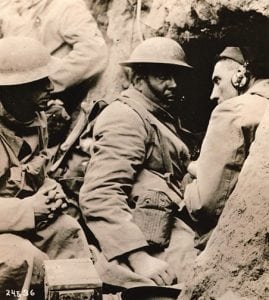
It was there that the casualties mounted and the fresh troops from Tennessee made a big difference. “The 30th Division did especially well,” Gen. John “Black Jack” Pershing later wrote. “It broke through the Hindenburg Line on its entire front and took Bellicourt and part of Nauroy by noon of the 29th.” The infantrymen were accompanied by about 150 American tanks, which proved to be effective weapons against the Germans’ entrenched machine guns.
Six Tennesseans later received the Medal of Honor. The most famous was Alvin York of Fentress County, one of the best-known war heroes in American history. York’s fame obscures that of the other five — Joseph Atkinson, J.E. Karnes, Edward Talley, Calvin Ward and Milo Lemert. However, one glance at the official record proves that they were no less brave than York.
According to his citation, Lemert (of Cumberland County) successfully attacked a machine gun emplacement, “one man against the machine gun.” He did this against a second machine gun emplacement, then a third and was finally killed by the fourth.
According to witnesses, Lemert’s last words were, “I am finished, boys. Give ’em hell.”
Other Tennessee World War I heroes who were widely heralded in the generation after the war (but largely forgotten now) include:
- Albert Gleaves, a Nashville native who commanded the U.S. Navy’s Cruiser and Transport Force in World War I. Today, there is a bust of Gleaves in the hallway between the House and Senate chambers of the Tennessee State Capitol — the same area that includes busts of Andrew Jackson, James K. Polk and Nathan Bedford Forrest.
- Irby “Rabbit” Curry, a star running back on the Vanderbilt football team just a couple of years earlier. Curry was an aviator who was shot down over France in the fall of 1918. After his death, the Vanderbilt football field was named for him.
- Charles McGee Tyson, an aviator from Knoxville whose plane went down while he was scouting for mines in the North Sea. Tyson’s father was Lawrence Tyson, a brigadier general in the Tennessee National Guard and a U.S. senator. Lawrence Tyson later donated land for Knoxville’s airport under the condition that it be named for his late son.
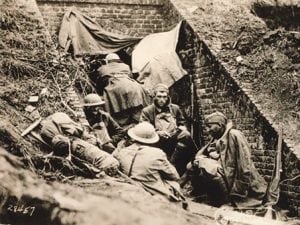
Speaking of U.S. senators from Tennessee, Luke Lea was serving in the Senate in 1917 when he volunteered. He fought with the Old Hickory Division and reached the rank of colonel. But Lea is better remembered for what he did after the fighting stopped than before.
In January 1919, after the armistice was signed but before most American troops came home, Lea and other officers from his unit made an unauthorized and foolhardy attempt to kidnap Kaiser Wilhelm of Germany. The kaiser, you see, had abdicated the throne a few months earlier and fled to a castle in the Netherlands. He did so in hopes of escaping punishment for his role in starting the war in the first place.
Lea and some other officers crossed the border and bluffed their way into the estate where the kaiser was staying. But after they admitted to the kaiser’s aide that they weren’t on an official visit from the U.S. government, they were denied an audience with the former king.
Had they no proof of their bizarre attempt to kidnap the kaiser, it might be that no one would have believed their story. However, while in the manor, an American captain named Larry MacPhail pocketed a monogrammed ashtray that belonged to the former German king.
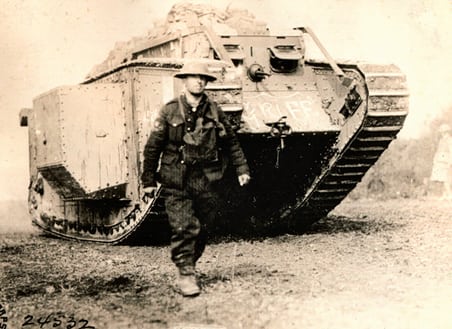
“I was in touch with the family not long ago, and they told me that they still have it,” says Hobart Akin, who heads up the living history program for Tennessee State Parks and who frequently tells this story.
As for Luke Lea, he later owned the Nashville Tennessean newspaper. As part of his development of the Belle Meade area, Lea later donated more than 2,500 acres of beautiful hills to the city of Nashville. Today, they are known as the Warner Parks.
Next month’s column will be about the Tennessee homefront during the war.



